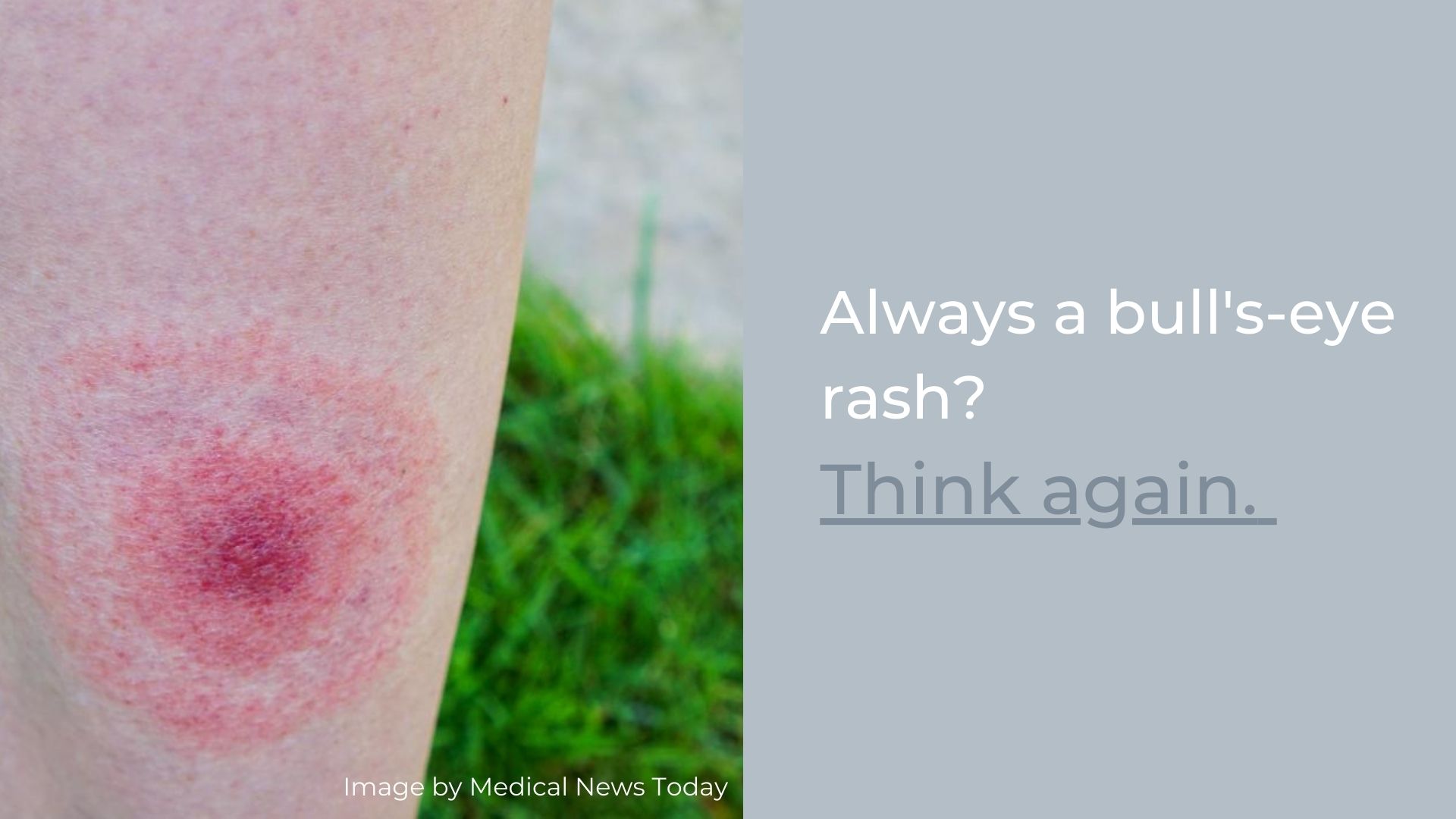Chronic Lyme disease is a bacterial infection caused by the bacteria Borrelia burgdorferi and is transmitted by an infected tick bite. Chronic Lyme Disease Symptoms impact the daily life of those infected. We created Mighty Well to provide helpful information, as well as understanding and support for those who may not have it. The community we create fosters fun, friendly, and empowering engagement through sickness and health.
Causes of Chronic Lyme Disease
Ticks are found in areas with overgrown vegetation, parks, and gardens. A tick gets the bacteria after biting an animal with the bacteria by feasting on the animal’s blood. When you get bitten by the infected tick, it transmits the bacteria to you. It is important to note that the tick has to attach to you for more than 24 hours, and since a tick bite is not painful, one may not notice. It is important to note that ticks don’t fly; they climb onto your clothes.
Diagnosis of Chronic Lyme Disease
Diagnosis is made based on symptoms which may include a circular bulls-eye rash that appears at the site of the bite. It can also be done through blood tests, although when done in the early stages, it can be negative unless the victim has taken a long time to go to the hospital.
Chronic Lyme Disease Symptoms
Symptoms of Chronic Lyme Disease may include:
- Circular rash formation
- Areas of the skin become red with raised edges.
- The size of the rash varies and may expand after several days.
- Swollen Joints
- Central Nervous System Problems
- Fatigue
- Muscle Pain
- Headaches
The rash is normally around 15 centimeters, but it can vary in size, and in some instances, it may not develop. Flu-like symptoms in the early stages, like fatigue, muscle pain, joint pain, headaches, high fever, chills, and neck stiffness, may also be present.
Advanced symptoms may also include painful swollen joints. One may incur central nervous system problems, for example, painful limbs, numbness, or facial paralysis. There may be difficulty in concentrating. Problems involving the heart such as inflammation of the heart muscle [myocarditis] or the sac surrounding the heart [pericarditis].
Because Lyme disease is a bacterial infection, treatment is a round of antibiotics, mostly given for up to four weeks, depending on the severity of your condition. It is advisable to finish the prescribed course of antibiotics to ensure the elimination of all bacteria. For severe symptoms, intravenous antibiotics are preferred.
Currently, there is much controversy over chronic Lyme disease. Some experts do not believe that the condition exists. Many Chronic Lyme disease symptoms found are post-treatment syndromes.
Prevention of Chronic Lyme Disease
Currently, there is no vaccine available for the prevention of Lyme disease. The best prevention is being cautious when in areas where there are ticks.
Tick bites can be reduced by:
When walking, keep to footpaths, and avoid long grass and thick vegetation. Wear appropriate clothing when in woodland areas. For example, a long-sleeved buttoned shirt and trousers tucked into your socks are ideal. When walking in areas with thick vegetation, wear bright-colored clothes that enable you to spot a tick on your clothes. Use insect repellent on your skin to maximize prevention. Ensure your pets do not bring ticks into your home in their fur after being outside. At the end of a day outside inspect your skin for ticks, including the under folds.
Join us in our Friends in the Fight Group to share your stories and connect with our community.

